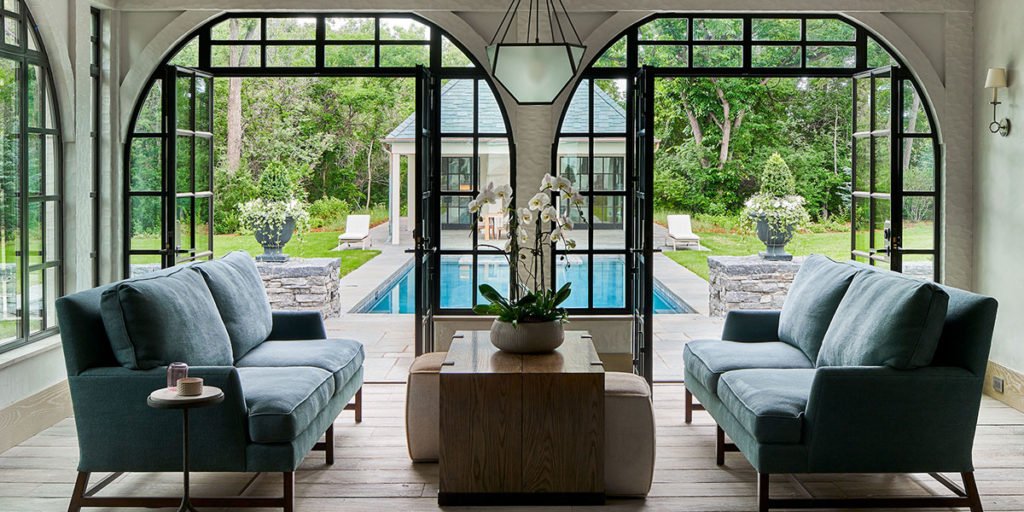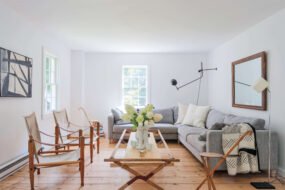
Introduction
When most people think of home remodeling, they imagine stylish kitchens, modern bathrooms, or open-concept living rooms. But what if remodeling could do more than make your home look beautiful? What if it could actually make you feel better—physically, mentally, and emotionally?
Welcome to wellness-focused remodeling, where every design choice is made with health and happiness in mind. From natural light to air quality, color palettes to mindful spaces, this movement is changing how we think about our homes. Let’s explore how you can remodel not just for style, but for well-being.
Chapter 1: Why Wellness in Remodeling Matters
- We spend 90% of our lives indoors—and most of that time is at home.
- Our surroundings influence everything from sleep quality and stress levels to productivity and mood.
- Wellness remodeling is about making design choices that nurture your body, mind, and spirit.
Key Benefits:
- Better sleep and relaxation.
- Improved indoor air quality and energy.
- Reduced stress through thoughtful design.
- Spaces that promote healthier habits.
Chapter 2: The Power of Natural Light
Lighting is more than aesthetic—it regulates your circadian rhythm and affects your mood.
Remodeling Tips:
- Add larger windows or skylights to brighten dark rooms.
- Use light-colored walls to reflect natural light.
- Install smart lighting systems that mimic natural daylight.
- Consider sun tunnels for interior spaces like hallways or bathrooms.
Chapter 3: Breathing Easy with Better Air Quality
Air quality is one of the most overlooked parts of remodeling. Poor ventilation can lead to fatigue, allergies, and long-term health risks.
Solutions:
- Install energy-efficient ventilation systems.
- Use low-VOC paints and materials to reduce toxins.
- Add houseplants like snake plants, peace lilies, or pothos for natural filtration.
- Upgrade HVAC filters for cleaner indoor air.
Chapter 4: Calming Colors and Mood Design
Color psychology is powerful. The colors you choose in remodeling can change how a room makes you feel.
Examples:
- Blue/green tones → Calm, restful bedrooms.
- Warm neutrals → Cozy, welcoming living spaces.
- Yellow accents → Energy boost in kitchens or workspaces.
- Soft earth tones → Grounding, stress-reducing vibes.
Chapter 5: Biophilic Design – Bringing Nature Inside
Humans naturally feel better when connected to nature. Remodeling with biophilic design can make your home a sanctuary.
Ideas:
- Use natural wood and stone finishes.
- Create indoor-outdoor flow with sliding glass doors.
- Add living walls or indoor vertical gardens.
- Place seating near windows with nature views.
Chapter 6: Wellness in Each Room
Kitchen – The Heart of Healthy Living
- Add herb gardens on windowsills.
- Install good ventilation to reduce cooking fumes.
- Use non-toxic materials for counters and cabinets.
Bedroom – Your Recharge Zone
- Block outside noise with insulated windows.
- Use blackout blinds for better sleep.
- Choose calming wall colors and textures.
Bathroom – A Spa at Home
- Install a rain shower or soaking tub.
- Add heated floors for comfort.
- Use natural stone or tile for an earthy, spa-like vibe.
Living Room – A Stress-Free Hub
- Create flexible spaces for both relaxation and socializing.
- Incorporate soft textures like rugs and cushions.
- Add plants and natural décor.
Chapter 7: Smart Tech That Supports Wellness
Technology isn’t just for convenience—it can help you feel healthier at home.
- Smart thermostats → maintain ideal temperatures.
- Air quality monitors → track pollutants.
- Circadian lighting systems → mimic daylight patterns.
- Noise-canceling windows → reduce outside stressors.
Chapter 8: Mindful Spaces in Modern Homes
Wellness remodeling isn’t just about the basics—it’s about creating spaces for intentional living.
- Meditation corners with floor cushions and soft lighting.
- Home gyms or yoga rooms with proper flooring and mirrors.
- Reading nooks near natural light.
- Unplugged zones free of screens and distractions.
Chapter 9: Remodeling for the Future – Aging in Wellness
Wellness remodeling also means preparing for the long run. Consider:
- Wider doorways for accessibility.
- Slip-resistant flooring in bathrooms.
- Adjustable-height counters.
- Smart safety features like fall detectors.
Conclusion
Remodeling for wellness is about designing a home that doesn’t just look amazing—it makes you feel amazing. From natural light and calming colors to healthier air and mindful spaces, every remodeling choice can bring you closer to a healthier, happier lifestyle.
So the next time you pick out paint or knock down a wall, ask yourself: Is this choice good for my health and happiness?
Because at the end of the day, the best home isn’t just stylish—it’s one that helps you live well.







